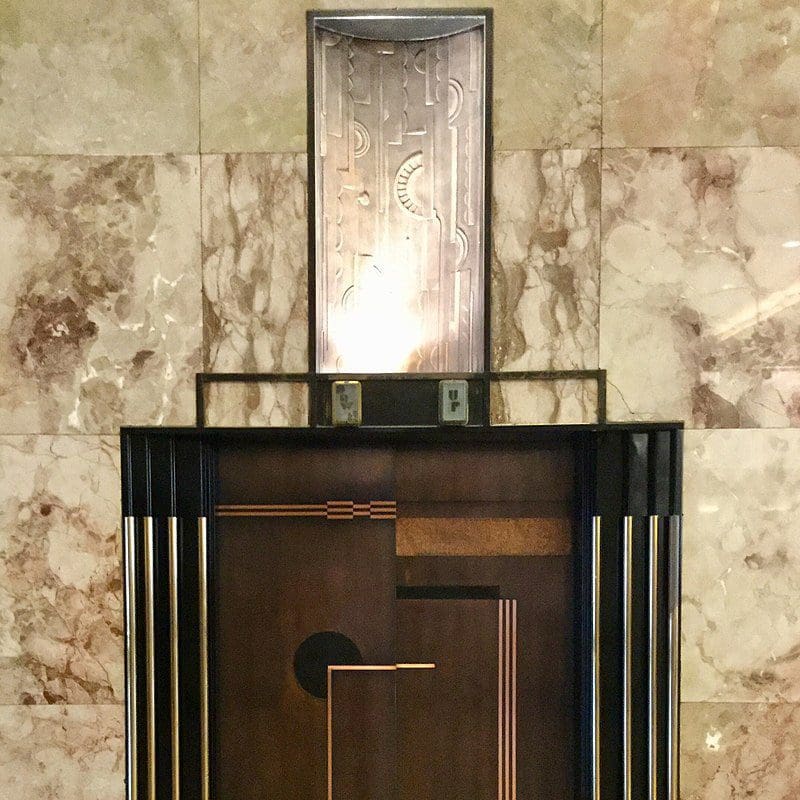Introduction to Art Deco Design

Enjoy this educational introduction to Art Deco design mostly as found on Encyclopædia Britannica. You can easily look up terminology and creators relevant to the period by following the links in the text.
ART DECO MOVEMENT AND STYLE
The Art Deco – also called style moderne – movement in the decorative arts and architecture originated in the 1920s, and developed into a major style in Western Europe and the United States during the 1930s. Its name was derived from the Exposition Internationale des Arts Décoratifs et Industriels Modernes, held in Paris in 1925, where the style was first exhibited.
Art Deco design represented modernism turned into fashion. Its products included both individually crafted luxury items and mass-produced wares. The intention was to create a sleek, anti-traditional elegance that symbolized wealth and sophistication.
The distinguishing features of the style are simple, clean shapes, often with a “streamlined” look. Ornament that is geometric or stylized from representational forms. Unusually varied, often expensive materials, which frequently include man-made substances (plastics, especially Bakelite; vita-glass; and ferroconcrete) in addition to natural ones (jade, silver, ivory, obsidian, chrome, and rock crystal). Though Art Deco objects were rarely mass-produced, the characteristic features of the style reflected admiration for the modernity of the machine and the inherent design qualities of machine-made objects (e.g., relative simplicity, planarity, symmetry, and unvaried repetition of elements).
Among the formative influences on Art Deco were Art Nouveau, the Bauhaus, Cubism, and Serge Diaghilev’s Ballets Russes. Decorative ideas came from American Indian, Egyptian, and early classical sources as well as from nature. Characteristic motifs included nude female figures, animals, foliage, and sun rays, all in conventionalized forms.
CREATORS
Most of the outstanding and now famous Art Deco creators, including furniture designers Jacques Ruhlmann and Maurice Dufrène; the architect Eliel Saarinen; metalsmith Jean Puiforcat; glass and jewelry designer René Lalique; fashion designer Erté; artist-jewelers Raymond Templier, H.G. Murphy, and Wiwen Nilsson; and the figural sculptor Chiparus designed individually crafted or limited-edition items.
Fashion designer Paul Poiret and graphic artist Edward McKnight Kauffer represent those whose work directly reached a larger audience.
In architecture, the New York City’s Rockefeller Center (especially its interiors supervised by Donald Deskey; built between 1929 and 1940), the Chrysler Building by William Van Alen, and the Empire State Building by Shreve, Lamb & Harmon are the most monumental embodiments of Art Deco here in the United States. During the 1930s the style took over South Beach in Miami, Florida, producing an area known today as the Art Deco historic district.
The style went mostly out of fashion during and right after World War II, though already in the late 1960s there was renewed interest in Art Deco design. Into the 21st century Art Deco continues to be a source of inspiration in such areas as decorative art , graphics, fashion and jewelry design.
